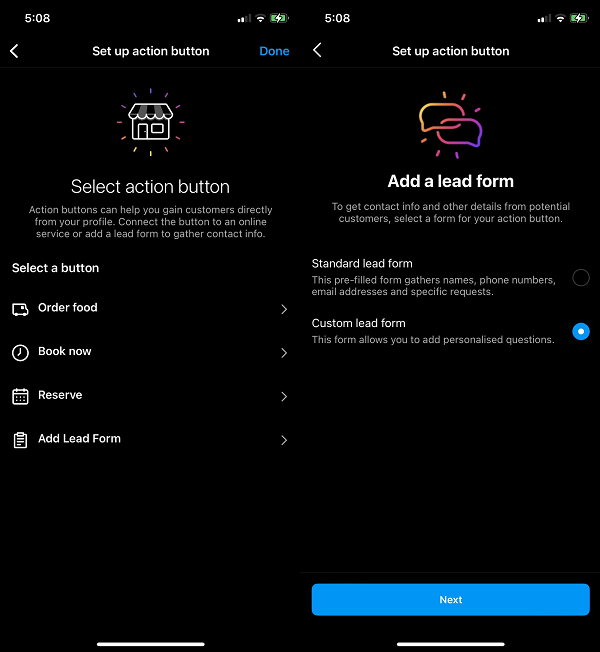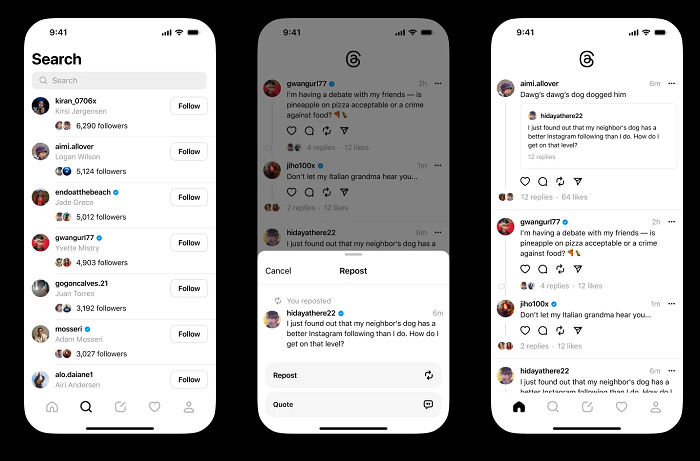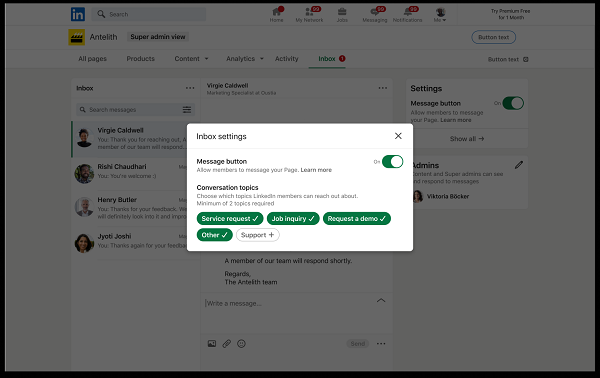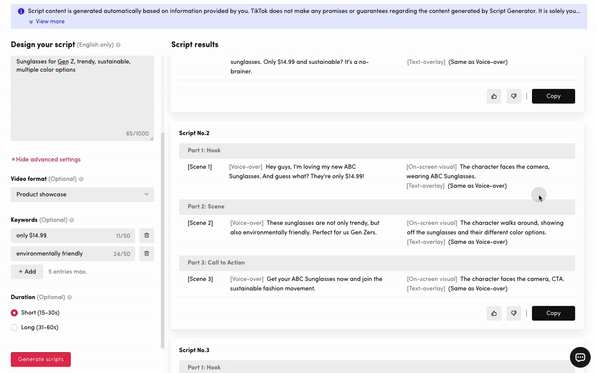SOCIAL
4 Key Elements of Focus for Social Media Marketers in the Second Half of 2023

We’re just past the midway point of the year, which means that it’s time to start planning your holiday campaigns, in order to maximize your efforts in the lead-up to the key spending season.
And while it may feel a little too early to be mapping out your full campaign strategy, it’s important to note that different consumers begin their shopping journeys at different times.
This is from TikTok’s 2023 Holiday Planner, which is one of several guides that are already available to help shape your approach.
Looking for other guides and notes to better inform your marketing plan? Check out this overview of key tips, pointers and best practices for your planning.
Social Marketing Fundamentals
The first place to start is our 2023 platform-by-platform guide, which includes overviews of key best practices and tips for all the major social platforms.
These guides provide a full overview of the collected best practice tips, and while social media is always evolving, these serve as solid starting points for establishing the best approach for your holiday marketing effort.
You also need to establish the core elements that will underpin all of your efforts, and this infographic provides some good notes on these points.
There’s also this guide on handy growth hacking tips, which will provide inspiration for your promotion and brand awareness push, as well as this overview of common social media marketing myths:
Also worth noting these tips on best times to post – which will vary by audience, business, etc, but can still help in your initial planning.

Finally, this collection of additional hacks and notes could provide you with some inspiration for your content planning:
New Trends
But as noted, social media is always changing, and we’re seeing new usage shifts that reflect a significant change in how people are using social platforms to connect.
In the early days of social media, the opportunity to broadcast your thoughts and perspective was a key lure, but now, we’re seeing more people pull back from this, and opting instead to share more privately, via enclosed messaging groups and private connection.
That’s an important trend to note, which will have an impact on how you look to market your business – because in line with the shift away from public posting is the re-shaping of social feeds into key entertainment sources, as opposed to connective surfaces.
Led by TikTok, every social app is now looking to provide more video content, primarily short-form, vertical video, because that’s what’s keeping users around. And while post engagement remains a key driving factor in algorithmic amplification, it’s important to recognize why people are now using social apps – to be entertained, much more so than to directly engage and interact, with far more sharing now done via DM.
So how does that change your marketing strategy?
Instagram’s added a range of new elements to tap into the rising popularity of DM connection, including lead forms for business profiles, which prompt users to share their contact info in the app.

Instagram’s also launched Channels, a one-to-many broadcast chat feature. And while that’s only available to creators for now, it could soon become a brand consideration also, which would add another way to keep in touch with your audience.
Back in April, Instagram also shared some helpful tips on how brands can make use of DMs to maximize customer connection.
And, of course, there’s also now Threads – which is still in its early stages, but is worthy of attention.

On Facebook, Meta’s also added Click-to-Messenger Ads to your Facebook Reels promotion options. Facebook’s also added Lead Gen form for Company Pages, which provides another way to gather contact info via Page visitors, while Meta’s also improving its connective tools in WhatsApp – which has seen big growth in North America of late.
LinkedIn has also launched DMs for Company Pages, adding another consideration for connection:

While Twitter’s just launched new restrictions on who can send DMs in the app, which will force businesses looking to use Twitter messages to subscribe to Twitter Blue, or the more expensive Twitter for Organizations.
Twitter’s almost in its own category at the moment, given the raft of changes at the app. But right now, what brands need to note is that Twitter is continuing to push brands towards subscriptions, by forcing brands to pay up if they want to advertise in the app, while it’s also restricting the reach of tweets from non-subscribers, ostensibly to combat spam.
But the main driver appears to be higher subscription take-up – and if you are considering Twitter in your holiday push, you’ll likely need to subscribe to make the most of the app.
The Generation of Generative AI
The other big trend of the moment is generative AI, and how marketers can make best use of AI tools in their process.
We covered a lot of potential AI use cases in our 2023 posting tips overview, including how to utilize ChatGPT, and similar tools, as idea generators for social posts and the like.
In addition to this, it’s worth noting the various ways in which the platforms themselves are looking to integrate these tools, and what that could mean for your process.
Instagram, for example, is testing a new AI chatbot option, as Meta looks to bring generative AI into its apps, while it’s also testing new generative AI prompts for ad captions, as well as background generation tools for ad visuals.

This is a key area that Meta’s looking to implement generative AI, in helping advertisers make the most of their campaigns, with a range of tools that could essentially automate the entire ad creation and targeting process for you, based on Meta’s own understanding of what works, and who’s more likely to respond to your campaigns.
TikTok’s also launched a new script generator tool, that can map out your entire TikTok campaign creative through the use of generative AI.

LinkedIn, meanwhile, has added a range of generative AI prompts, including inspiration for job posts, InMails, and even a tool that can come up with LinkedIn feed posts, with minimal input from you.
I’m not personally certain that this is the best way to go, but it could be another way to get inspiration for your content, in order to maintain an active, engaged profile in the app.
In addition, here are some good tips for creating more effective generative AI prompts, to get better results for your needs, along with some key do’s and don’ts of generative AI use.
Video Push
The final key element to consider in your planning is that with the broader shift towards entertainment, video remains a key focus for all platforms.
Meta says that time spent on Instagram has grown by more than 24% since the company launched Reels, and implemented AI-based content matching, while Facebook usage is also rising, driven by the same.
Worth noting, too, that both original post creation and user-to-user engagement on Facebook is declining – so while people are spending more time in the app, they’re primarily watching more video content, not posting to their own feeds, as per the aforementioned shifts.
Again, it’s TikTok that’s changed the paradigm around what ‘social’ media is in this regard, with people now turning to these apps as an alternative to traditional entertainment options, as opposed to a supplementary element. That’s important to note from a marketing perspective, as people now want to see more entertaining content, as opposed to engagement bait or similar.
Following this trend, Twitter’s also set to make video a bigger focus, led by Tucker Carlson’s new show, and the appointment of former NBC Universal executive Linda Yaccarino as its new CEO.
Expect that to lead to a new push for more exclusive video content, which could facilitate more opportunities for video ads, and could see Twitter put even more emphasis on video moving forward.
While on Pinterest, Idea Pins can now include video up to five minutes in length.
LinkedIn also recently shared some video marketing tips.
If you want to maximize your marketing resonance, you need to consider creating entertainment-focused video content, which aligns with the trends of each app. If you can get into these feeds, whether via your own creation process, or by partnering with relevant influencers, that could play a big role in improving brand awareness for the holiday season.
These are the four key elements that you need to factor into your planning for the upcoming holiday push, and it’s worth considering how you can align with each in your efforts.















